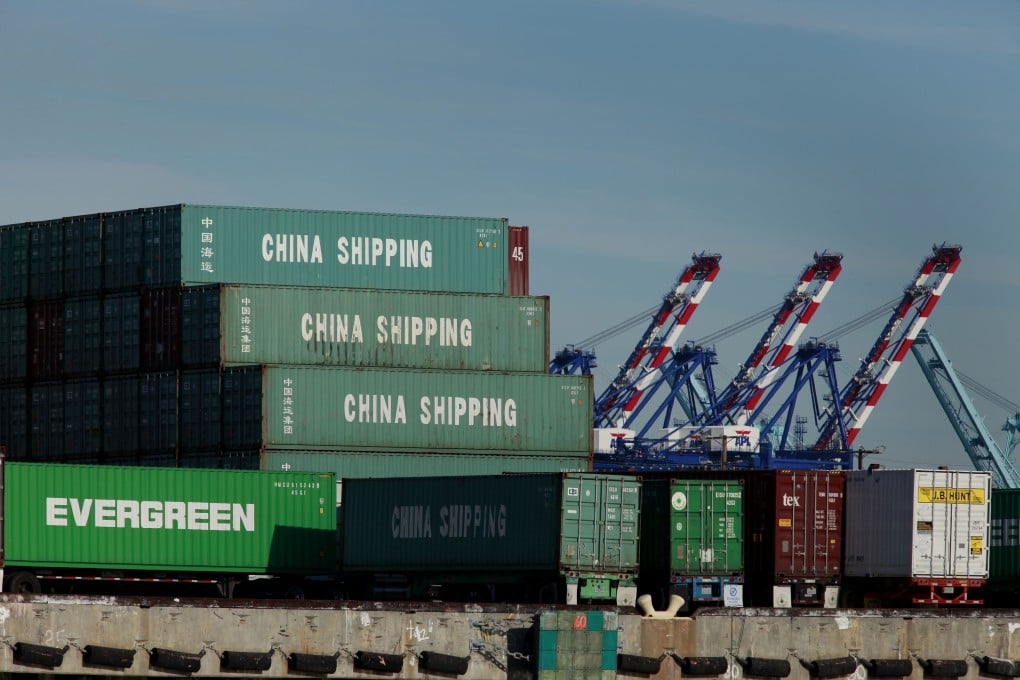How integration can drive trade facilitation - in several languages
Julian Gresser, Howard Lieberman and William Moulton map out the creation of a translation app

Imagine you are the chief executive of a California-Shandong start-up, and your team has arranged a Skype conference call with your Chinese partners in Shanghai. The location hardly matters any more. The language barrier is dissolving before everyone's ears, thanks to a new app integrated with Skype.
You begin the meeting with a brief summary of your financing strategy. Approximately 30 seconds later, the briefing is transmitted in fluent Chinese, in your own voice. The Chinese team listens, discusses internally, and responds. The bilingual team has achieved mutual intelligibility without human intermediaries.
If this vision materialises, we can confidently say that we've shattered the language barrier, or at least we've established the transformative precedent. But these barriers remain intact today. Why have they not come down after 30 years of devoted effort by talented engineers, supported by substantial funding?
Leading technology companies - including Google, Apple, Nuance, Microsoft and IBM - have already created all the core technology and capabilities needed for this app. These market participants are now grappling with the ultimate innovation challenge - integration, which necessitates a realignment of current institutional incentives to spur a new wave of creative "coopetition".
Indeed, what is missing is a "crucible of convergence", a force of innovation integration that will assemble all the disparate parts - technology, business, legal framework, culture and a powerful market application - in one dynamic whole.
In other words, we need a new collaborative model of innovation suited to the challenges of the 21st century.
The first challenge will be structure. As the enterprise will confer huge public and private benefits, it should optimally include both non-profit and commercial dimensions. The research/educational institution or collaborating network of organisations would retain rights to the humanitarian applications; the for-profit consortium would hold the commercial rights.